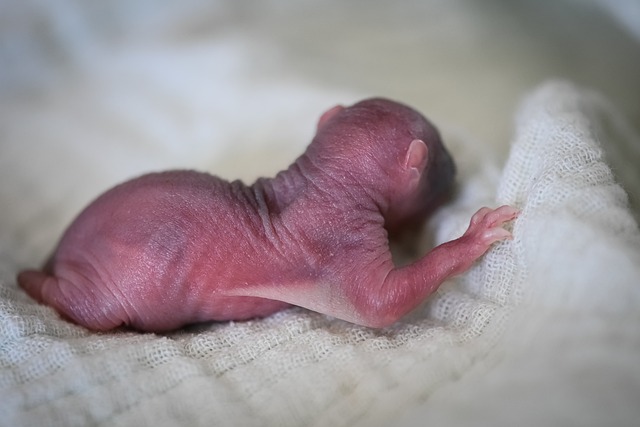Squirrels are adept intruders, gaining access to homes through small openings, attics, chimneys, and broken entry points, causing structural damage, fire hazards, and allergy issues. Commercial squirrel removal services are crucial for identifying entry points, nests, and droppings, ensuring a clean, safe home environment. Early detection of signs like nesting activities, chewing, droppings, and noises is key to effective prevention and mitigation strategies.
Are squirrels invading your space? Identifying an infestation early is key to effective commercial squirrel removal. This guide deciphers common signs of squirrel activity in your home, from entry points and nests to damage and telltale droppings. Learn to recognize these indicators and watch for specific behavior patterns to facilitate swift and humane resolution. By understanding squirrel habits, you’ll be better equipped to protect your property.
Recognizing Squirrel Entry Points and Nests
Squirrels are adept at finding their way into homes, often using openings as small as 1/4 inch in diameter. Common entry points include attics, chimneys, vents, and broken windows or doors. To recognize signs of a squirrel infestation, look for evidence of chewed materials, particularly around electrical wires, which squirrels find irresistible. Nests made of leaves, twigs, and bark are often found in attics or wall voids, indicating an active infestation.
Professional commercial squirrel removal services can help identify these entry points and nests, ensuring a thorough assessment and effective resolution to keep squirrels from returning. Prompt action is crucial; left unattended, squirrels can cause significant damage to structures, electrocute wiring, and even start fires by chewing through insulation.
Uncovering Damage and Messes They Leave Behind
Squirrels are notorious for causing damage and creating messes in homes they invade. Once they take up residence, they can leave behind significant signs of their presence. One of the most visible indications is chewed-up materials, as squirrels use their powerful teeth to gnaw on wood, insulation, electrical wiring, and even drywall. This chewing can lead to structural damage and pose potential fire hazards due to exposed wires.
In addition to physical damage, squirrels create messes in various ways. Their nests, often made of leaves, twigs, and other natural materials, can accumulate dust and debris, causing allergy issues for residents. Squirrel droppings are another common problem, as they not only carry parasites but also produce unpleasant odors. Professional squirrel removal services become crucial in addressing these issues, ensuring a clean, safe, and healthy living environment.
Identifying Signs of Squirrel Activity and Droppings
Identifying signs of squirrel activity is crucial when considering commercial squirrel removal. One of the most noticeable indicators is the presence of droppings. Squirrel feces are often left behind in attics, walls, or crawl spaces, and they can be identified by their dark, granular consistency. These droppings may also emit a strong, unpleasant odor due to the high moisture content.
Additionally, look for evidence of gnawing on wooden structures, insulation, or electrical wiring. Squirrels are known to chew through materials to create nesting sites or access food sources. Chewing can result in visible damage and may lead to structural issues if left unattended. Keep an eye out for small holes or entry points, especially near rooftops or vents, as these could be access points for squirrels.
Common Behavior Patterns to Watch Out For
Squirrels are intelligent and agile creatures, often entering homes in search of food or shelter. Recognizing their behavior patterns is key to identifying an infestation early on, aiding in the need for effective commercial squirrel removal services. One common sign is the presence of nests inside walls, attics, or crawl spaces. These nests, made from twigs, leaves, and other natural materials, can be easily spotted during routine inspections.
Additionally, keep an eye out for evidence of gnawing on electrical wiring, insulation, or wood structures. Squirrels’ incisors grow continuously, leading them to chew on various surfaces. Chewed-through materials may indicate their presence and could pose a fire hazard if wires are damaged. Other behavioral cues include sudden noises like scurrying sounds or scratching from hidden spaces, as well as droppings—small, brown pellets—left behind in infested areas.
Squirrels can cause significant damage if they infest your home, so it’s crucial to recognize their presence early. By understanding common signs like entry points, nests, and specific behavior patterns, you can effectively identify an infestation. If a squirrel invasion does occur, consider professional commercial squirrel removal services to ensure the problem is resolved humanely and thoroughly. Act swiftly to protect your property from these tenacious creatures!
